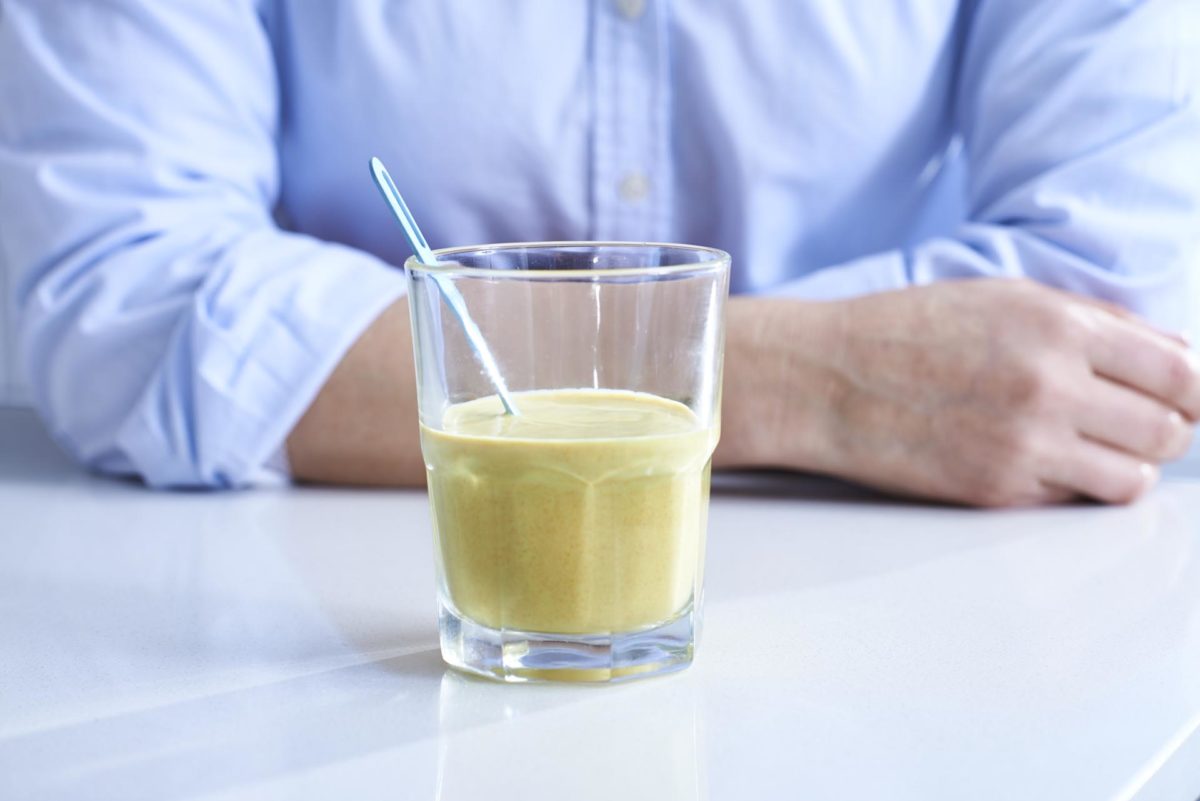/ Blog /
How To Make Your Own Kefir

The more I read and learn about how miraculous so many foods are, the more I think ‘why wouldn’t we want to swap out very mediocre ingredients for amazing health-boosting ones and feel amazing?’ One of our favorite food superheroes with über health-boosting benefits that I have been having on an almost daily basis for a few years now is Kefir. Say what? I know. But hang in there and have a read, it’s magical stuff, and try my Turmeric and Ginger Kefir Breakfast Shots soon!
Kefir Basics
Kefir is kind of like a home made yoghurt, originally from parts of Eastern Europe and Southwest Asia. It tastes a little bit sour but if you mix in a little honey, nuts and other goodies it’s delicious. You can also add it into smoothies for your kids and they won’t even know it’s there. In a nutshell, Kefir is packed full of probiotics and nutrients; is amazing for digestion and good gut health, and a whole slew of other plusses. I’ve seen both milk and water-based Kefir for sale in health food shops, but it’s also really easy to make at home and there’s a step-by-step guide below.
Sourcing Kefir
Be careful of buying Kefir in a drinking yoghurt form with lots of added sugar. Ideally make your own (see my how-to guide and links to starter kits at the end of this post) so that you know exactly what’s gone into it. It should be nothing more than full cream milk and the Kefir grains, which look like tiny little cauliflower heads. Another cool think about Kefir is that once you have a stash going and multiplying happily, you can SHARE it. If you know anyone who grows their own, ask for a couple of tablespoons and go from there.
Home Made Magic
There are lots of guides out there on how to make your own Kefir, and each kind of starter kit includes their own guidelines too. Here’s a little summary of what we do at home, which should work for you if you’ve been given some grains:
1. I take about 3 Tbsp Kefir grains and add them to a large, clean glass jar
2. Add in about 1 cup of full cream milk (preferably organic, and you can use cow’s milk, sheep’s or goats) (the more milk you add, the more Kefir you’ll get)
3. Cover with a breathable lid such as a muslin, secure in place with a ribbon or elastic band and place in a dark cupboard for 24-48 hours (the longer you leave it the stronger it is, and for obvious reasons it takes longer to ferment in winter than summer). If it’s mid Summer and you find the Kefir is fermenting too quickly, you can store it in the fridge to slow the process down
4. When you see the grains have ‘separated’ and there is a watery liquid at the bottom of your jar you know fermentation has taken place and your Kefir is ready
5. Strain your Kefir through a sieve over a clean glass bowl or large pyrex jug. Stir it gently to make sure all the ‘yoghurt’ passes through.
6. Wash and dry the glass jar and add the Kefir grains back in, top up with milk and start the cycle again
7. Keep your ‘harvested’ Kefir in a clean glass jug in the fridge for up to 5 days
*Preferably use plastic utensils such as sieves, spoons etc as this is less damaging to the Kefir grains
Here are a few articles with more information
This article by Heidi Du Preez gives a great summary and also gives information on where to source good quality kefir grains.
Health Ambition gives us information about kefir as a natural source of probiotics.
And one more link here.
Kefir and Lactose Intolerance
Because of the fermentation process in Kefir, there’s very little lactose left in the final product which means that even lactose-intolerant people can often tolerate it. Always check with your health or nutrition practitioner beforehand.
And thanks to my friends at Faithful to Nature for collaborating on this recipe with me, and for supplying the best quality pantry ingredients and supplies to bring this recipe to life. They have a bunch of Kefir starter kits right over here and here. And even a water-based Kefir kit. And guess what?! You can get R100 OFF any order over R350 with the code #SARAH – yay!
Photo Credit Curtis Gallon







